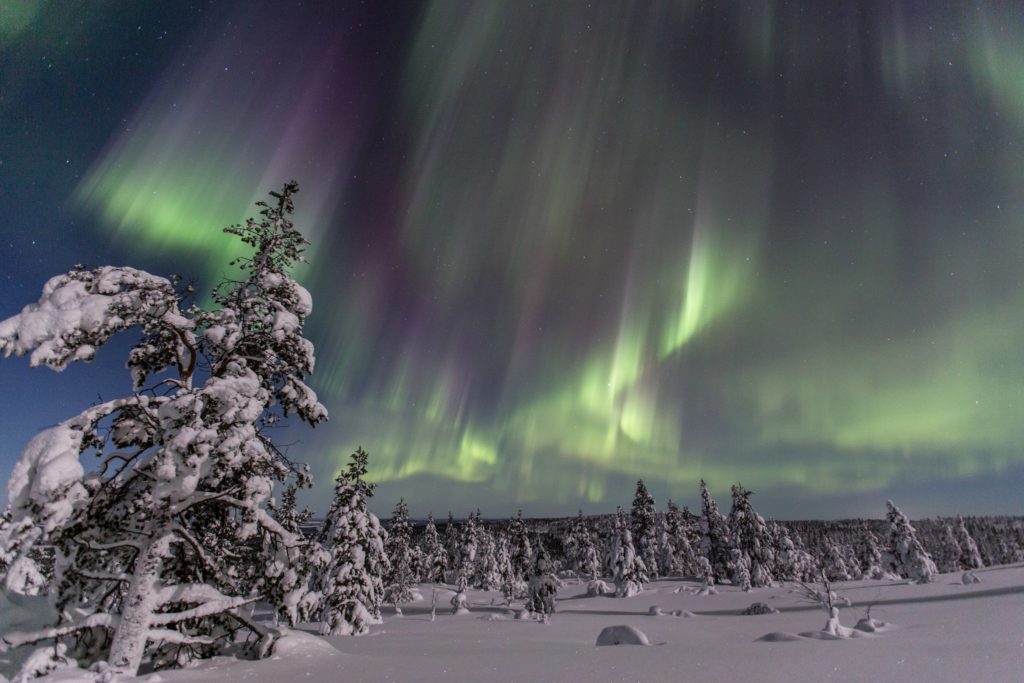The Unique Flavors of Lapland: A Culinary Adventure
Lapland, a region known for its breathtaking landscapes and rich cultural heritage, offers a culinary adventure like no other. The unique flavors of Lapland are deeply rooted in its indigenous culture, seasonal ingredients, and traditional dishes, providing a gastronomic experience that is both authentic and unforgettable. This blog post explores the traditional dishes, cultural influences, and seasonal ingredients that define Lapland cuisine, and offers insights on how to experience these flavors at home and the future of Lapland culinary tourism.
Exploring traditional Lapland dishes
Lapland’s traditional dishes are a testament to the region’s natural bounty and the resourcefulness of its people. Reindeer meat, a staple in Lapland food, is often prepared in various forms, including stews, roasts, and smoked delicacies. One of the most beloved dishes is bidos, a hearty reindeer meat stew that is both nourishing and flavorful.
Fish also plays a significant role in Lapland cuisine, with salmon and Arctic char being popular choices. These are often smoked or grilled, allowing the natural flavors to shine. Another traditional dish is kalakukko, a fish pie that combines fish, pork, and rye bread, offering a unique taste of the region.
Wild berries, such as lingonberries and cloudberries, are frequently used in desserts and preserves, adding a sweet and tangy element to the culinary repertoire. These berries are not only delicious but also packed with essential vitamins, making them a cherished ingredient in Lapland flavors.
The influence of indigenous culture on Lapland cuisine
The indigenous Sami people have a profound influence on the unique cuisine of Lapland. Their deep connection to the land and its resources is reflected in their culinary practices. Reindeer herding, a central aspect of Sami culture, provides a sustainable source of meat that is integral to many traditional dishes.
The Sami’s knowledge of local plants and herbs also contributes to the distinct flavors of Lapland food. Ingredients like mountain sorrel and angelica are used to enhance dishes, adding a touch of the wild to the culinary experience. The Sami’s culinary traditions are not just about sustenance but also about preserving their cultural heritage and connection to the land.
In addition to food, the Sami culture is rich in other traditions, such as duodji (handicrafts) and joik (a form of vocal expression), which further enrich the cultural tapestry of Lapland.
Seasonal ingredients and their role in Lapland flavors
The changing seasons in Lapland play a crucial role in shaping its culinary landscape. The long, harsh winters and short, intense summers dictate the availability of ingredients, leading to a cuisine that is both seasonal and sustainable.
During the summer months, the midnight sun allows for the growth of a variety of wild herbs, berries, and mushrooms, which are foraged and preserved for use throughout the year. These ingredients add depth and complexity to Lapland flavors, offering a taste of the region’s natural environment.
In winter, the focus shifts to heartier fare, with dishes that provide warmth and sustenance. Reindeer meat, root vegetables, and preserved berries become staples, reflecting the need for nourishment during the colder months. This seasonal approach to cooking ensures that Lapland cuisine remains fresh, vibrant, and in harmony with nature.
How to experience Lapland cuisine at home
For those unable to travel to Lapland, experiencing its unique flavors at home is still possible. Many traditional Lapland dishes can be recreated with ingredients available in local markets or online. Reindeer meat, for example, can be substituted with venison or beef, while wild berries can be replaced with locally available varieties.
To bring a touch of Lapland to your kitchen, consider preparing a reindeer stew or a smoked fish dish. Incorporate wild herbs and berries into your meals to capture the essence of Lapland flavors. Additionally, exploring Sami recipes and cooking techniques can provide a deeper understanding of the region’s culinary heritage.
For an immersive experience, consider hosting a Lapland-themed dinner party, complete with traditional dishes, Sami music, and stories about the region’s culture and history. This not only allows you to enjoy the unique cuisine of Lapland but also to share it with friends and family.
The future of Lapland culinary tourism
As interest in authentic and sustainable travel experiences grows, Lapland culinary tourism is poised for expansion. Visitors are increasingly drawn to the region not only for its natural beauty but also for its unique cuisine and cultural heritage. Culinary tours, cooking classes, and food festivals are becoming popular ways to explore Lapland flavors and learn about the region’s traditions.
VALO Finland, with its luxury retreats in Finnish Lapland, offers an ideal base for culinary adventurers. While we provide accommodations and concierge services, the local community and businesses offer a range of activities and experiences that allow visitors to immerse themselves in the culinary culture of Lapland.
The future of Lapland culinary tourism lies in its ability to offer authentic, sustainable, and culturally enriching experiences. By preserving traditional practices and embracing innovation, Lapland can continue to captivate the palates and imaginations of travelers from around the world.
In conclusion, the unique flavors of Lapland offer a culinary adventure that is deeply rooted in tradition, culture, and the natural environment. Whether exploring traditional dishes, understanding the influence of indigenous culture, or experiencing the seasonal bounty, Lapland cuisine provides a rich and rewarding journey for the senses. As culinary tourism continues to grow, the magic of Lapland flavors will undoubtedly continue to enchant and inspire.
Experience the Arctic in Luxury
Book the vacation of your dreams with us today!
